

Right off Drøbak, where the Oslo Fjord is at its narrowest, every year about 5 small and large ships pass on their way to and from Oslo with a total of six million tonnes of goods and 500 million passengers. Under the fjord's bottom, just below Storskjær and Småskjær, runs the 2,6 km long Oslofjord tunnel where about 7,2 cars pass every day. In addition, there is the large fleet of sailboats and motorboats that use the Oslo Fjord for leisure and experience all year round, mostly in the summer. In the middle of this bustle in one of Norway's most densely populated areas, the fjord lies as an unsurpassed source of leisure, recreation and nature experience. Everyone can now enjoy a clean fjord - the water quality is high after many years of cleaning up old discharges from households and industry.

Drøbaksundet is one of Southern Norway's most sought after fishing spots. The current conditions create a large swell of nutrients, and the varied seabed creates the right biotopes for numerous species of fish and sea animals. You will notice this when you try your luck fishing! But you can also experience the wealth of the fjord by a trip to Drøbak Aquarium. 24 pools and aquariums show the diverse life in the fjord. With its approx. 100 marine animal species, this is in fact Norway's richest saltwater environment. The green Drøbaks sea urchin (Strongylocentrotus droebachiensis) is the most widespread species in Nordic waters and gets its name from the waters off Drøbak. Many scuba divers find excitement and experience here.

Håøya is the largest island in the inner Oslofjord (5,6 km²) and is located just northwest of Oscarsborg Fortress. The island is located in Frogn, but is owned by Oslo municipality and is listed as an outdoor area. The southern part of the island is protected as a coniferous forest reserve with many rare plant species. The island has been restricted to military purposes for generations, and has therefore avoided settlement and economic activities. On the southern tip of the island are the remains of some large cannon batteries, and a "cannon road" winds up along the east side of the island. The island also enjoys a rich wildlife, with the elk as the king of the island. Sea eagles have also nested in Håøya's very special west-facing rock formations. This happened in 2008, it was the first time in 126 years that Havørn managed to hatch its own offspring in this part of the country. This part of Håøya is today completely protected and subject to a traffic ban. The environment can therefore only be enjoyed as a view from the fjord.
Midtre Håøya is a campsite with a tent site and is open to everyone. More info and nice pictures from Håøya can be found at www.oslooyene.no/haoya. There is also an overview of all the islands further inland in the fjord towards Oslo.

Håøya divides the Oslo Fjord's race in two. In order to concentrate Oscarsborg Fortress' firepower in the eastern fjord course, a submarine "jeté" (French for submarine stone wall) was built in the period 1875–1905 to block off the Vestfjord for larger vessels. This stone wall was built by convicts, and is still there. With its rich underwater flora and fauna, the jet is a favorite destination for diving. But NOTE: Even small boats must pass the jet in the two openings: one right inside Hurumsiden and one marked with buoys just south of Ocarsborg Fortress. The jet can be scary for inattentive boaters in fast boats - especially at low tide!

Bergholmen is located in the Vestfjord southwest of Håøya. This islet was also part of Oscarsborg Fortress, but has been released for civilian purposes. Today, the islet is maintained with piers and buildings in collaboration with Drøbak Båtforening (north) and Vindfangeren Båtforening (south). Holmen is a popular port for visitors by boat and is open to everyone. A herd of goats keeps the vegetation in check during the summer, and has been released in collaboration with the University of Environmental and Biophysics (UMB) in Ås.


There is free movement in the Oslo Fjord for leisure boats. The area around Drøbak offers rich opportunities for fishing from land: on the beaches, from piers and from the piers. From svaberg around Drøbak, cod weighing up to 10 kilos have been caught, we will judge by all the fish stocks. It provides exciting opportunities for all visitors with a fishing rod, and there is free fishing with a rod and line all year round.
Of the most common fish species you can expect to catch on the hook in the fjord around Drøbak, are mentioned: Saithe, cod, pike, ling, haddock, whiting, blue whiting, lysing, bergnebb, blue steel, grunt, mackerel, hornfish, herring, sea bass, sea trout, salmon, plaice, sole, flounder, lobster tongue, flounder (and other "flatfish"). Skater and a number of smaller shark species are also common. For more knowledge about fish species, see: www.fiskipedia.no
Recreational fishing with nets is regulated in Norway. See: www.fiskeridir.no
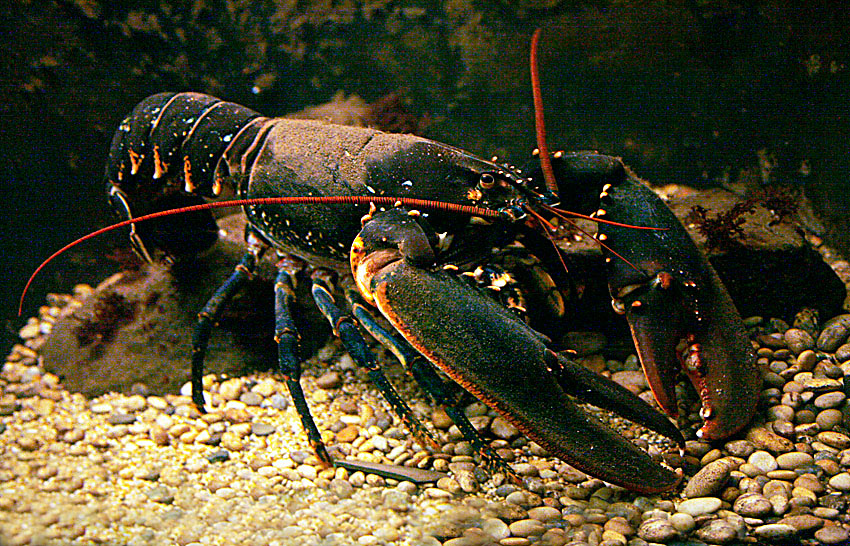
Lobster fishing is also rich in Drøbaksundet, but is only legal in the period 1 October - 31 November. The capture of shellfish is strictly regulated in Norway to take care of the stocks. Info: www.fiskeridir.no/fritidsfiske
There are several types of crab to get in Drøbaksundet. Crab can be caught and eaten without restrictions all year round.
A lot of deep sea fishing is done from a fishing boat in Drøbaksundet. If you are interested, contact: www.skihavfiskeklubb.org

Mussels that grow on boulders and in places with fresh water and lots of electricity are a delicacy that can be easy to harvest. Here you just have to supply yourself, whether you have your own boat or travel on the rocks along the shore. But remember that mussels are naturally toxic due to algae growth during parts of the season. Therefore, check the mussel forecast before you harvest and eat: www.matportalen.no/verktoy/blaskjellvarsel
For visitors from home and abroad, we give quick advice on cooking: Fry some onions, garlic and olive oil in a large saucepan. Put the shells in the pot together with about 1 dl. dry white wine (the shells contain some salt water that flows out when the shells open during steaming). A little fresh basil or dill adds an extra edge to the taste, but is not necessary. Put the lid on and let the shells steam at ease for 5-10 minutes or until they open. Stir, so everyone is well warmed up. Eat straight from the pot "natural" or pour over cream and get the world's heaviest soup. Eat everything you can, get naturally full in Drøbak!
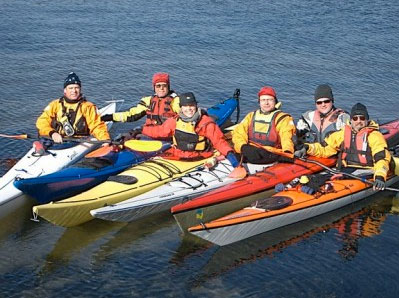
An increasing number of paddlers are now making their mark on the fjord - summer and winter. Peaceful and environmentally friendly. In close contact with the sea, the paddlers glide around in Drøbaksundet, Vestfjorden, Hallangspollen, Sandspollen and all the other exciting "infestations" in the fjord. Read more about kayaking at www.drobakkajakk.no
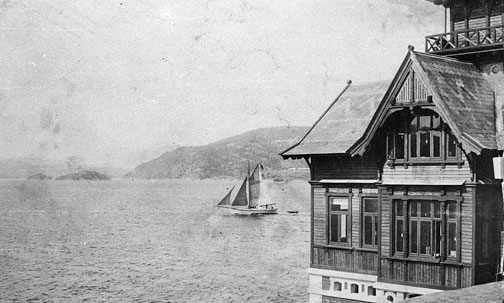
is located right by the Small Boat Harbor in Drøbak. This research station was established as early as 1894, and was built of prefabricated elements from Strømmen Trævarefabrik. This half-timbered building is today a landmark (or should we say "sea mark") at the entrance to Drøbak Harbor. One of the main characters behind the creation of the station was none other than Fridtjof Nansen, who took his doctorate at Bergens Museum with a study of the structure of the nervous system in simple vertebrates, including mucus targets!
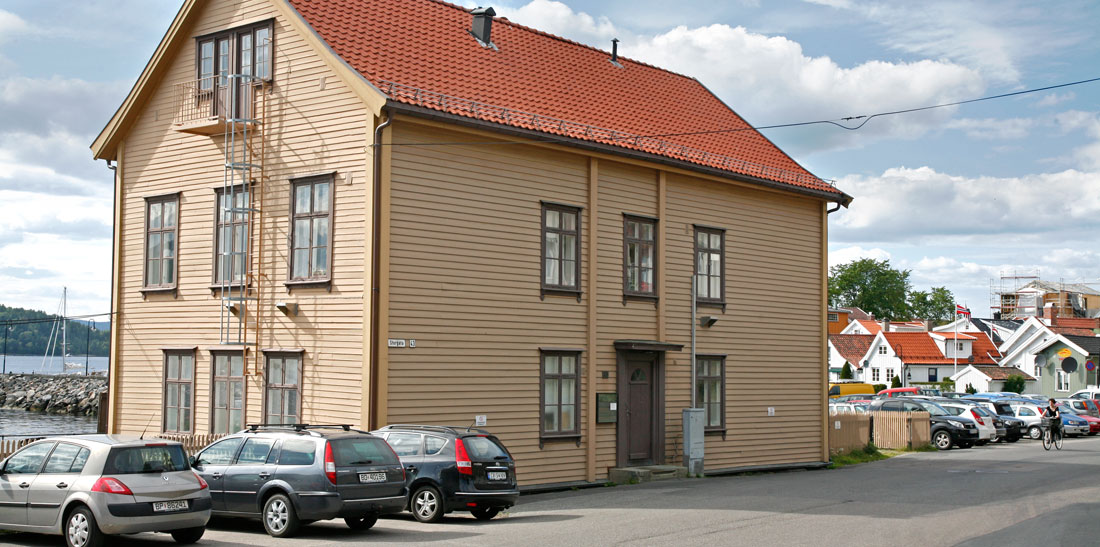
Since the early 1960s, UiO's marine biological station in Drøbak, in addition to the "Biologist" in the marina, has also included "Tollboden" at the old ferry berth in Drøbak. The customs booth is from approx. 1857 and is the research station's boarding school for guest researchers as well as the station's course and conference center. For almost 50 years, the research station at Tollboden and the Biologist have administered and conducted field courses in marine biology for schools in the neighboring counties and for a number of colleges and universities in Norway and abroad. This outward-looking course activity is a central and priority part of the activities at the station. In addition to the formal course and research activities, the station has a significant visitor activity where almost 3000 people visit the recently protected cultural monuments "Biologen" and "Tollboden" annually. Everyone is welcome to UiO's research station in Drøbak, and agreements can be entered into by direct contact with the station.
The aquarium is run by a private foundation and each year receives close to 100 school students of all ages on an excursion to study life in the Oslo Fjord. The aquarium is the most visited environmental attraction in the whole of Akershus County. The environmental interest is at its peak!


On islands and reefs, seabirds such as gulls, terns, terns, eider ducks, ducks and geese nest. In the marina in Drøbak, a pair of swans have a permanent address. A large colony of cormorants has lived in Drøbaksundet in recent years, and herons have been seen along the beaches. The seabirds are under pressure around the entire Norwegian coast, and show large fluctuations in the populations. Therefore, be careful and leave the birds alone - enjoy them from a distance. At Småskjær and Storskjær in Drøbaksundet, it is forbidden to go ashore for the birds to nest and live in peace.
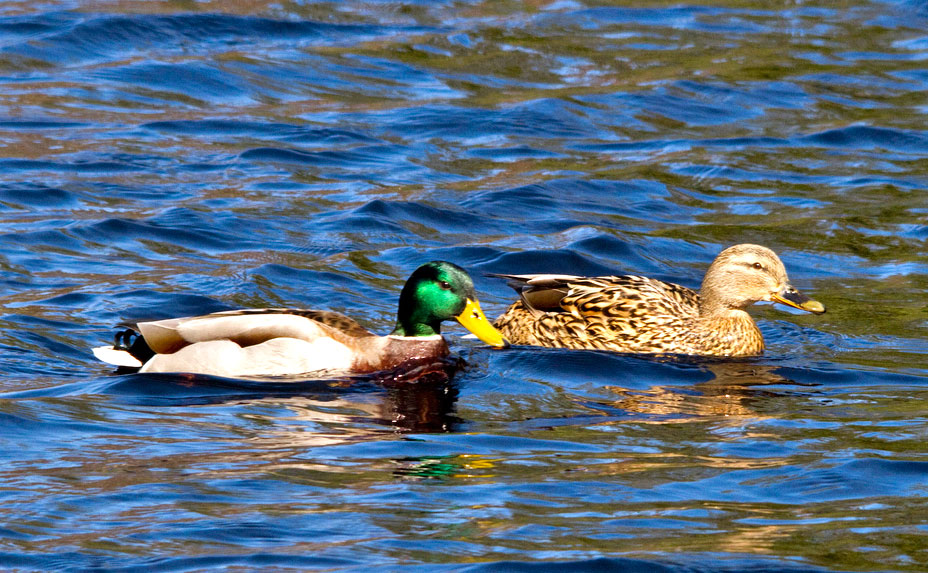
There is free movement along the beach zone in Norway. Admittedly, there are obstacles due to old buildings, but in principle you can stroll on foot along the beach and the coast where it is physically possible. In Drøbak there are several nice beaches: Skiphellebukta, Elleskjær, Torkildstranda, Nordstranda, Parrstranda - and Badeparken with its old bathing house and diving tower. The bathing water is clean and nice, with temperatures up to 22 degrees in summer.

From Drøbak, the slope rises steeply before leveling out on the large ridge from the ice age eastwards in Frogn, which slides into the larger Follo landscape. Here, the rich soil has provided fertile ground for animal husbandry and agriculture since the older Iron Age. The name Frogn derives from the Old Norse word "fraun" which means "fertile soil". The landscape provides a great experience whether you travel on foot, by bike, by motorcycle or by car.
Follo Museum is a regional museum for Follo and is located on Seiersten approx. 2 km east of Drobak. Here you can experience history and culture around the historic agriculture, here is a museum shop and café. Read more on www.follomuseum.no


In Norway, there is free movement also in forests and fields. We must not travel on cultivated land in the period April / May - October. But otherwise you can enjoy nature in the field all you want. Frognmarka offers good ski terrain and nice trails in the winter, and good hiking the rest of the year. Here you can enjoy wildflowers, mushroom picking and berry picking.

Wildlife is rich. The king of the forest, the elk, is still to be seen, and flocks of deer can be encountered all the way down in gardens and buildings in Drøbak. Here you can easily find squirrels, badgers and foxes, and the forest also provides shelter for lynx. The rich bird life in the forest and outfield offers several rare species that attract ornithologists here on scouting. More info about walks in the woods and fields: www.frogmarka.no
Just across the fjord for Drøbak is Hurum, a headland between the Oslo Fjord and Drammen. A "forgotten" area with wilderness and coast that provides unprecedented opportunities for the outdoor enthusiast. This enriches your visit to Drøbak!
For more info: www.visithurum.no

All the environmental and natural delights we have mentioned provide recreation and experience to a large local population - and we welcome visitors from all over the world. But show consideration - both for fellow human beings and the environment:
• Leave the beach and forest the way you want to experience them, clean and tidy.
• Do not throw cigarette butts on the beach or in the field.
• Keep the dog on a leash!
• Release the small fish so that it can grow.
• It is not tough to empty pots and pans.
• Remember 5 knots speed limit up to 200 meters from land.
• Pay attention to the sea's "soft road users" in kayaks and small boats.
• Respect bird sanctuaries and traffic-free nature areas.
• Pay attention to cyclists and pedestrians along the old and narrow roads in Frogn.
• Be careful with open fires in open country - we respect the fire ban.
Useful handbooks for those interested in nature and the environment:
 Brilliantly illustrated guide to the entire inner Oslofjord, as well as the eastern and western side of the outer Oslofjord. Contains maps, tour suggestions and factual information. Volume 1 has a broad presentation of the Drøbak area. Recommended! Edited by Oslofjordens Friluftsråd.
Brilliantly illustrated guide to the entire inner Oslofjord, as well as the eastern and western side of the outer Oslofjord. Contains maps, tour suggestions and factual information. Volume 1 has a broad presentation of the Drøbak area. Recommended! Edited by Oslofjordens Friluftsråd.
• About. NOK 289 • Can be bought in the bookstore or from www.gaidaros.no